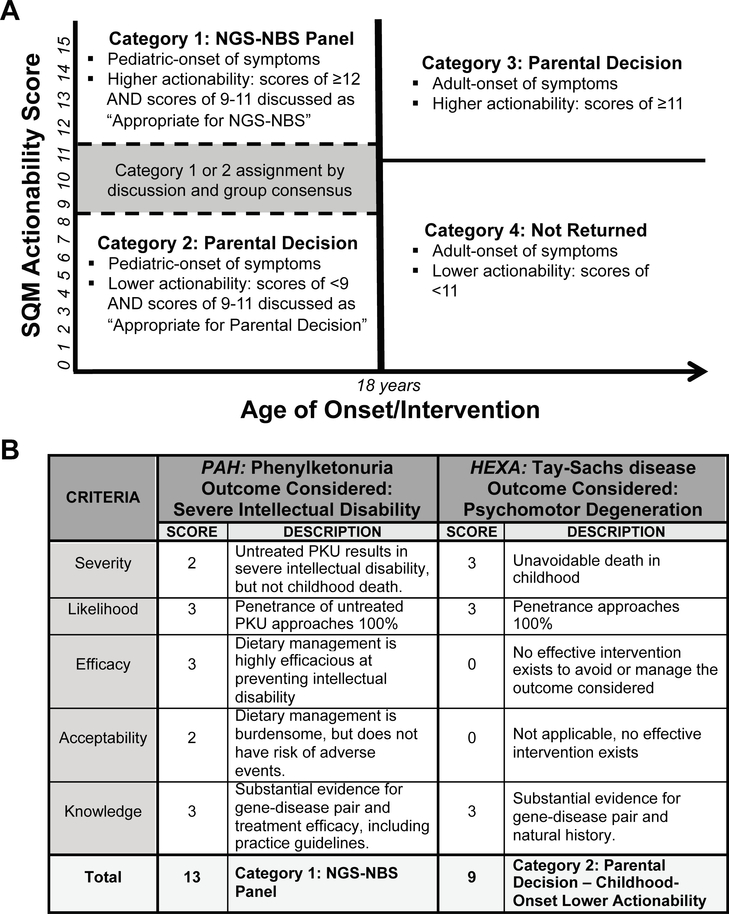Figure 1. Implementation of the Age-based Semi-Quantitative Metric (ASQM).
A.) The four NC NEXUS categories, separated on dimensions of actionability and age of onset/intervention. ASQM scores were assigned by a multi-disciplinary review committee. The gray box represents the gene-disease pairs with scores of 9–11, for which the ASQM score alone was not sufficient to make a classification of Category 1 or Category 2. Separation of categories 1 and 2 from categories 3 and 4 was made at age of onset/intervention of 18 because of the ethical principle of preserving future autonomy for children undergoing genetic testing,(32) but we also collected more granular data regarding ages of onset and intervention in anticipation that these might be useful for defining age-targeted screening panels (Table 2). B.) Examples of scores for conditions in Category 1 and Category 2. Scores for each criterion and the underlying rationale are provided. Left, PKU is a classic example of a high-scoring condition that is found on the RUSP and was placed in Category 1, pediatric conditions with high actionability. Right, Tay-Sachs is a severe childhood condition with no efficacious intervention and therefore a low-scoring condition placed in Category 2, pediatric conditions with low or no actionability.

